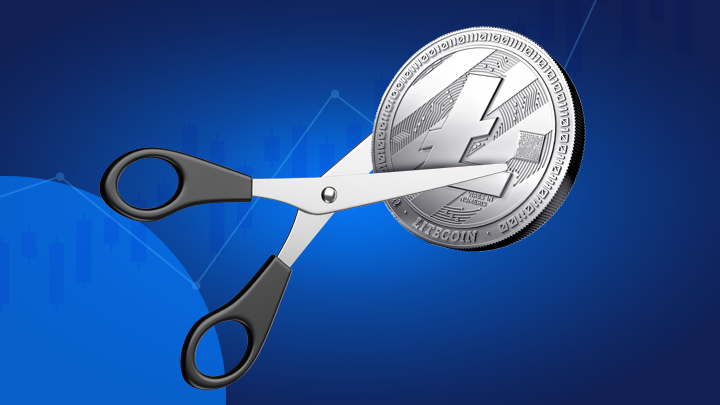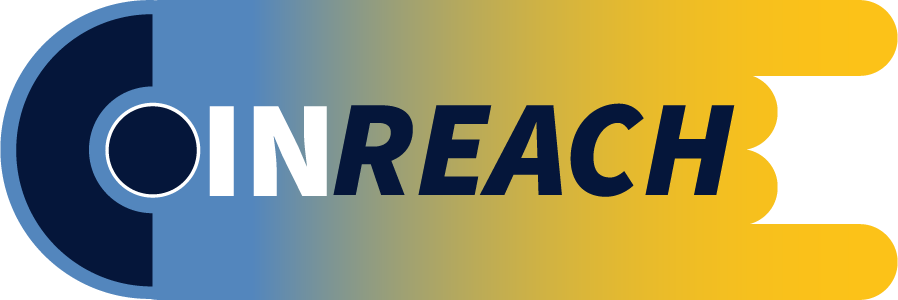
3rd Litecoin Halving just happened
Litecoin has successfully completed the third halving event. This milestone will now slash the block rewards from 12.5 LTC to 6.25 LTC. The halving event took place at a block height of 2,520,000. The approximate time that the halving event took place was on the 06 August 2023, 11:00 UTC.
The 12-year-old blockchain has successfully completed the third halving event. This block reward slashing happens once every four years or after 840,000 blocks have been mined.
The fourth halving event for Litecoin will take place in four years on approximately July 30, 2027 at a block height of 3,360,000.
A brief introduction of Litecoin
Litecoin (Abbreviation: LTC; sign: Ł) is a decentralized peer-to-peer cryptocurrency and open-source software project released under the MIT/X11 license. Inspired by Bitcoin, Litecoin was among the earliest altcoins, starting in October 2011.
By 2011, Bitcoin mining was largely performed by GPUs. This raised concern in some users that mining now had a high barrier to entry, and that CPU resources were becoming obsolete and worthless for mining. Using code from Bitcoin, a new alternative currency was created called Tenebrix (TBX). Tenebrix replaced the SHA-256 rounds in Bitcoin’s mining algorithm with the scrypt function, which had been specifically designed in 2009 to be expensive to accelerate with FPGA or ASIC chips. This would allow Tenebrix to have been “GPU-resistant”, and utilize the available CPU resources from bitcoin miners. Tenebrix itself was a successor project to an earlier cryptocurrency which replaced Bitcoin’s issuance schedule with a constant block reward (thus creating an unlimited money supply). However, the developers included a clause in the code that would allow them to claim 7.7 million TBX for themselves at no cost, which was criticized by users.
To address the problem, a Google employee name Charlie Lee, created an alternative version of Tenebrix called Fairbrix (FBX).Litecoin inherits the scrypt mining algorithm from Fairbrix, but returns to the limited money supply of Bitcoin, with other changes. Charlie Lee released Litecoin via an open-source client on GitHub on October 7, 2011. The Litecoin network went live on October 13, 2011.

Litecoin was a source code fork of the Bitcoin Core client, originally differing by having a decreased block generation time (2.5 minutes), increased maximum number of coins, different hashing algorithm (scrypt, instead of SHA-256), faster difficulty retarget, and a slightly modified GUI.
In technical details, the Litecoin main chain shares a slightly modified Bitcoin codebase. The practical effects of those codebase differences are lower transaction fees, faster transaction confirmations, and faster mining difficulty retargeting. Due to its underlying similarities to Bitcoin, Litecoin has historically been referred to as the “silver to Bitcoin’s gold.” In 2022, Litecoin added optional privacy features via soft fork through the MWEB (MimbleWimble extension block) upgrade.
In early 2014, Lee suggested merge mining (auxPOW) Dogecoin with Litecoin to the Dogecoin community at large. In September 2014, Dogecoin began merge-mining with Litecoin, providing increased security for Dogecoin and a permanent block subsidy that previously was not available with Litecoin mining.
Charlie Lee would later become engineering director at the cryptocurrency exchange Coinbase.

What will Litecoin Halving affect
After a halving event, the emission of LTCs is cut in half, which effectively triggers a reduction in the Litecoin supply. If the demand remains more or less the same, it creates a negative supply shock. The same dynamics are seen if the demand for LTC increases. Due to the reduced supply and high demand, it would trigger a rally in Litecoin price. But traders often anticipate this trend and try to get an exposure to LTC before the halving, causing a premature rally and a sell-the-news drop on the day of the event.
Following a halving event, miners receive 50% fewer rewards for every block they mine and this creates scarcity in the altcoin, reducing the circulating supply of the asset. The event’s purpose is to control the inflation rate of Litecoin. Halving is therefore a key event that influences the asset’s price and market capitalization over time.



